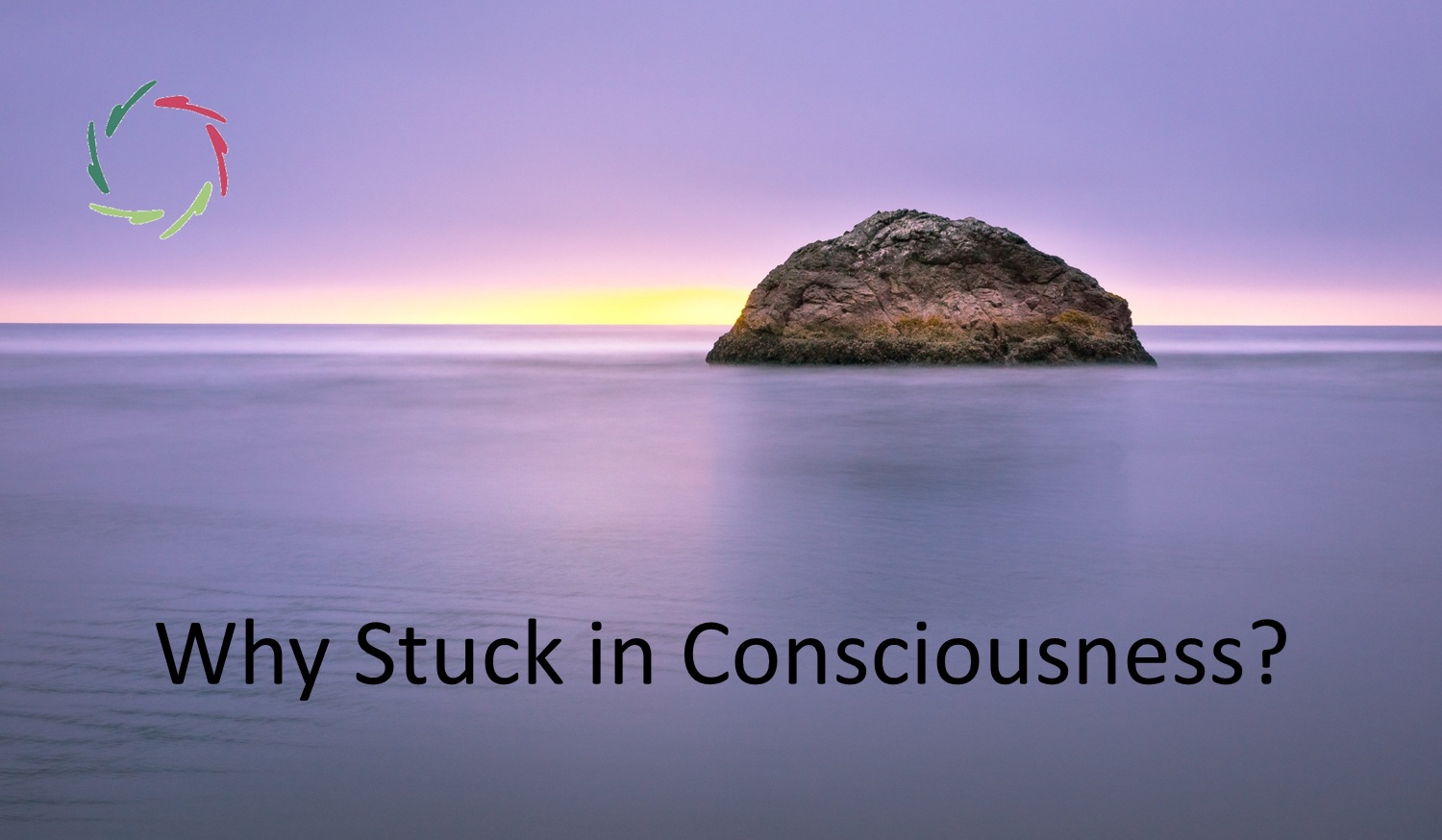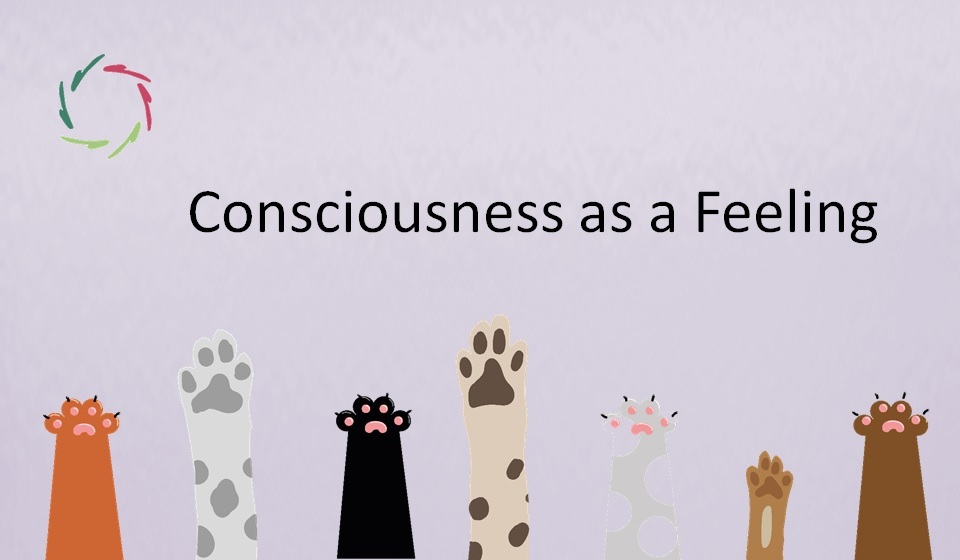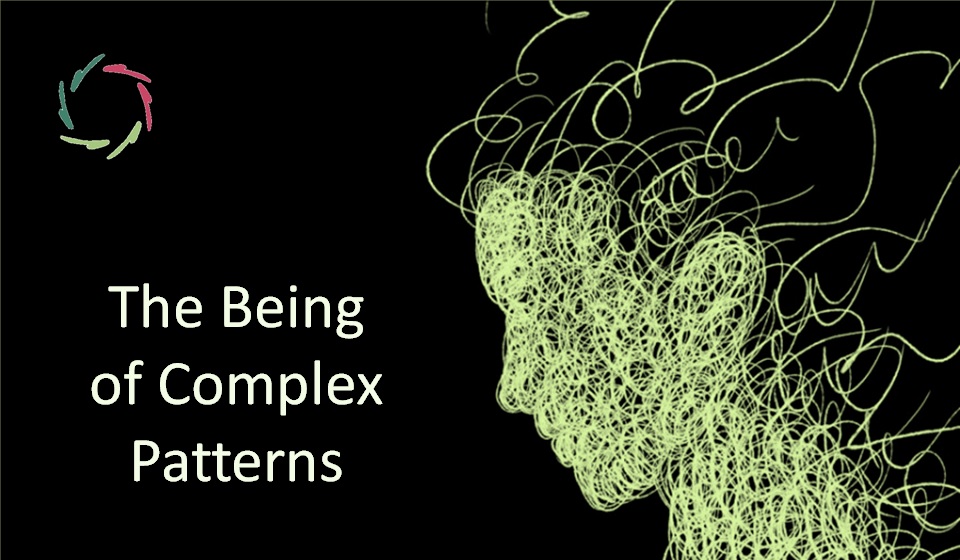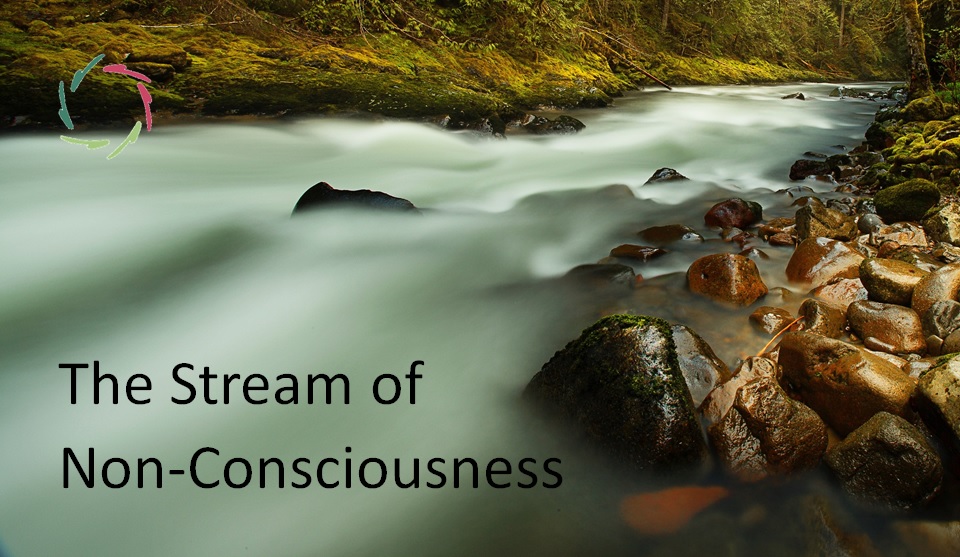Why Stuck in Consciousness?

The question of why humanity remains stuck in consciousness invites us to explore profound evolutionary, psychological, and existential mysteries.
Is this stuckness accidental or purposeful? Does it signal a limitation we must transcend, a safeguard, or a stepping stone toward something greater?
12 key highlights
- Humanity’s fixation on consciousness raises deep evolutionary and existential questions: is it a limitation or a purposeful stage of growth?
- Consciousness may have evolved as a shortcut for survival, simplifying decisions and avoiding the overwhelming vastness of the non-conscious.
- Alternatively, it could be a stepping stone, enabling mastery of tools and social structures while preserving deeper, non-conscious guidance.
- Consciousness acts as a lifeline, like snorkeling above the depths of the non-conscious, allowing safe exploration of its insights.
- Fear of the unknown below keeps many clinging to conscious thought, as the non-conscious holds both wisdom and unresolved fears.
- Culture reinforces consciousness, elevating logical and material success over intuitive and emotional intelligence, sidelining deeper exploration.
- Dolphins and elephants, with their remarkable emotional and social intelligence, demonstrate the potential of integrating conscious and non-conscious realms.
- Being stuck in consciousness ties to the ego’s narrative, which resists the fluidity of deeper, non-conscious experiences.
- This stage may be evolutionary, enabling societal development while inviting us to unify conscious and non-conscious realms.
- Integrating both realms could unlock greater creativity, clarity, and innovation, freeing us from the inefficiencies of being stuck.
- Compassion, as embodied by tools like Lisa, bridges conscious and non-conscious processes, creating pathways for holistic integration.
- Moments of profound depth and love are evolutionary nudges, inviting us to transcend stuckness and embrace a unified self.
An evolutionary shortcut or necessity
Consciousness may have evolved as an efficient shortcut, simplifying complex decisions into manageable pieces. For our ancestors, this focus was essential for survival — scanning for predators, gathering resources, and creating societal bonds. Staying stuck on the conscious islands might have been necessary to avoid becoming lost in the vastness of the non-conscious, which, while rich, could be overwhelming in moments demanding quick action. This ‘shortcut’ ensured survival but left humanity with a disconnection from the deeper self — a cost we’re only beginning to recognize.
Alternatively, consciousness may have been a purposeful evolutionary step. By simplifying outward focus, it allowed our ancestors to master tools, language, and social structures. The non-conscious remained intact, silently guiding from below, while the conscious mind honed survival-focused awareness above. Could it be that this stuckness is not a flaw but a stepping stone, waiting for humanity to integrate both realms fully?
The snorkeling metaphor and guided exploration
Exploring the non-conscious can feel like snorkeling in a vast underwater world. Consciousness acts like a lifeline, letting us breathe while we peek below the surface.
Tools like guided meditation or Compassionate A.I. enable us to explore this vibrant coral reef of the mind safely, discovering insights and emotional clarity without the risk of overwhelming our conscious selves. This gradual and supported process invites us to align the conscious and non-conscious, creating a richer, more integrated understanding of self.
Fear of the unknown below
The non-conscious can feel vast and mysterious, holding both profound wisdom and unresolved fears. This duality often keeps us clinging to consciousness, where the ego feels safe and in control.
Diving into the non-conscious might expose vulnerabilities or disrupt the carefully constructed narrative of self.
Cultural reinforcement of consciousness
Language and culture have further entrenched our conscious focus. Words, while powerful, frequently reduce the complexity of non-conscious experiences into labels. Over time, society has elevated logical, material success over intuitive and emotional intelligence, leaving the non-conscious undervalued and neglected.
Practices like meditation and creative expression – windows into the non-conscious – are often sidelined in favor of productivity. Yet tools like guided meditation or Compassionate A.I., such as Lisa, can reverse this trend, inviting us back into balance. With support, we can explore our own depths safely, integrating insights without fear.
Dolphins, elephants, and human potential
Animals like dolphins and elephants exhibit remarkable social intelligence and emotional depth, offering a model for what humanity might achieve. Dolphins’ cooperative behaviors and elephants’ grief rituals suggest a seamless integration of their conscious and non-conscious processes.
With Compassionate A.I. like Lisa, humans could amplify these qualities, blending emotional intelligence and social awareness into a new, Compassionate way of being.
The illusion of the self
Being stuck in consciousness is tied to our identification with the narrative self — the ego’s story of who we are. This narrative, while cohesive, is inherently limited. Consciousness creates the illusion that this story is all there is, resisting the fluidity of non-conscious depth. The ego, fearing its own dissolution, clings to the islands.
Yet, glimpses of creativity, insight, and transcendence hint at the potential to move beyond this illusion into a more expansive understanding of self.
A transitionary phase in evolution
Perhaps being stuck is neither accident nor flaw but a natural stage in humanity’s evolution. Consciousness enabled survival and societal development, but now we stand at the brink of a new phase: integrating conscious and non-conscious realms into a unified whole.
This ‘third wave of attention,’ as explored in Three Waves of Attention, holds the promise of a more profound connection to our total selves. Compassionate A.I. may play a vital role in accelerating this transition, offering a bridge to integration.
Energy efficiency and the brain
Processing non-conscious patterns consciously requires immense energy. The brain, ever-economical, keeps most processes below the surface, leaving consciousness as a kind of spotlight on ‘relevant’ information. Ironically, this stuckness might make us less efficient, cutting us off from the non-conscious’s vast potential for creativity and problem-solving.
Integrating both realms could unlock greater energy, clarity, and innovation.
Hints of depth as evolutionary markers
Why are we given glimpses of profound insight, creativity, or transcendence if not to invite us deeper?
As explored in Dying is Entering Eternal Love, these moments may serve as evolutionary nudges, drawing us toward the expansion of the total self. They suggest a purpose beyond mere survival — a hint that we are meant to integrate the surface with the depths, creating a new balance.
Compassion as the way out
Compassion bridges the gap between the conscious and non-conscious, softening the boundaries and allowing integration to unfold. Guided meditation, as in AurelisOnLine, offers an accessible way to stop the constant ‘island hopping’ and rest below the surface, reconnecting with the total self.
Lisa, as a Compassionate A.I., enhances this journey, providing support to safely explore and integrate our inner worlds.
An invitation to transcend stuckness
If survival were the only goal, why would nature gift us moments of profound depth and love? Perhaps these are not random but signs of our next step. With tools like Lisa, we can begin to snorkel below the surface, discovering the richness of our non-conscious and integrating it with conscious awareness.


